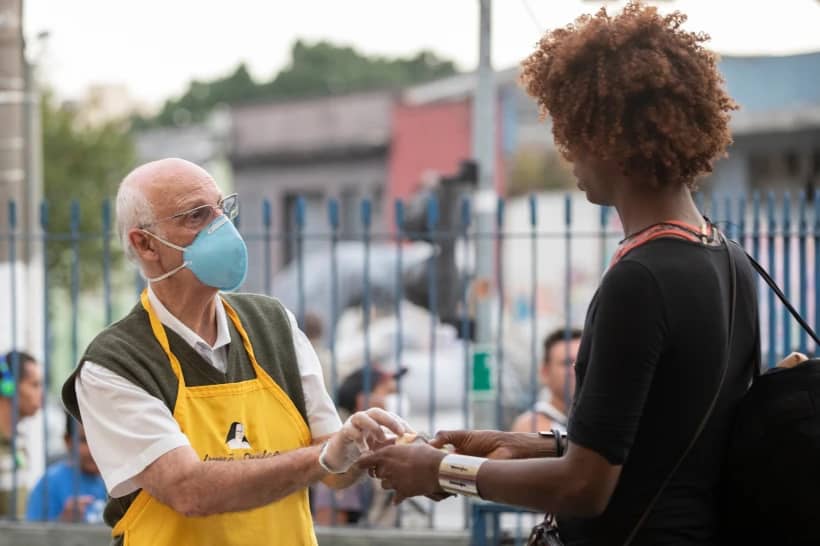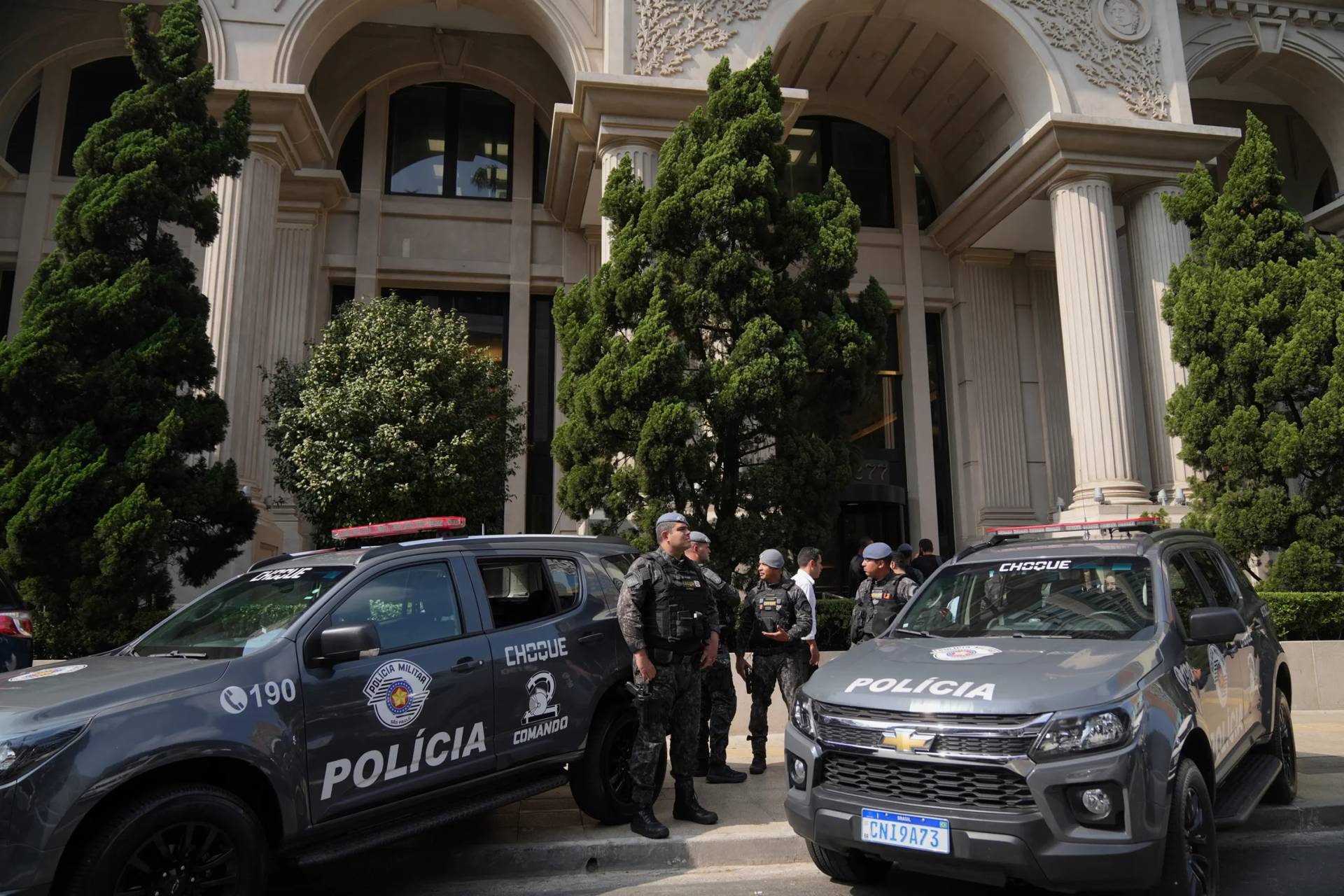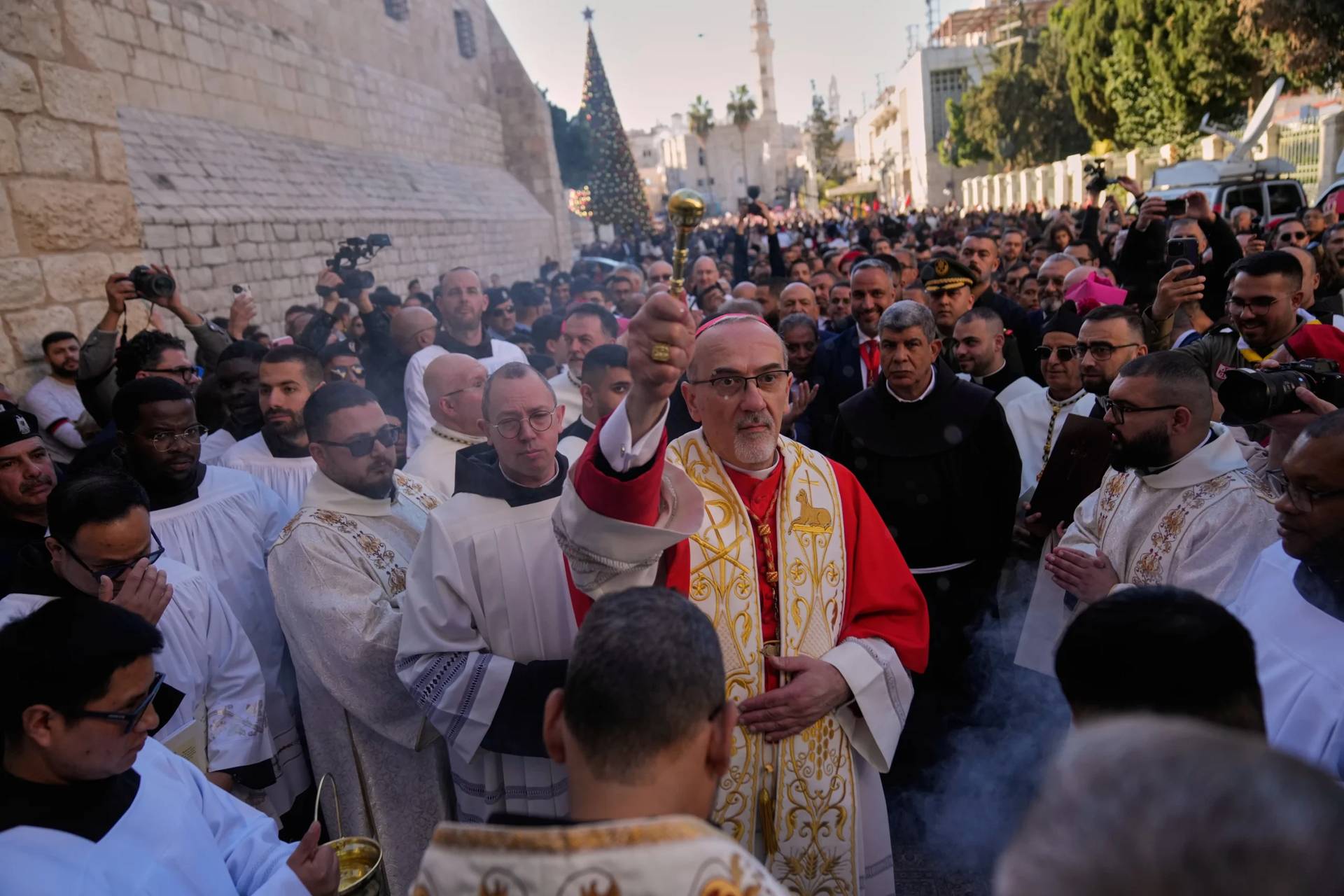SÃO PAULO – An unprecedented new compendium of child abuse cases in the Brazilian Catholic Church has found that 108 members of the clergy victimized 148 children and teenagers since 2000. The authors, however, claim those totals are only the tip of the iceberg, and that many other cases are still to come to light.
Sixty of the clerics identified in the study have been convicted of sex crimes and sentenced to prison terms, while dozens are still waiting for trial.
Released in Portuguese earlier this week, the book Pedofilia na Igreja (“Pedophilia in the Church”) is based on an analysis of thousands of legal documents held in courts and police branches, international data banks on child sex abuse, news stories, and archives.

The authors, journalists Fábio Gusmão and Giampaolo Morgado Braga, also interviewed dozens of victims and their relatives, priests, prosecutors, and police agents, in an effort to describe and catalogue their stories.
“Brazil is the largest Catholic nation in the world, and the Church has a gigantic structure here. While the Church in countries such as Portugal and France created commissions to scrutinize child abuse, in Brazil we still do not have any panoramic examination of this subject,” Braga told Crux.
The Brazilian Church has evolved positively over the past few years in the way it deals with child abuse, the authors said. But much still has to be done when it comes to assuming responsibility and demonstrating its commitment to the eradication of abuse, Gusmão argued.
Those shortcomings were visible in the study of the dioceses’ role in the civil lawsuits filed by part of the victims, he said.
“The strategy of most dioceses in court was to dissociate the priest and the man, arguing that the criminal acts were not connected to priesthood, that the abuses happened outside the church, and so on. That is a way of avoiding responsibility,” Gusmão said.
After more than 20 years of abuse, the Brazilian Church, with a Catholic population estimated at 123 million, has been compelled to pay only about $200,000 in damages, the authors said. That total contrasts with the United States, which has a Catholic population around 70 million, and where the church is believed to have paid in excess of $4 billion to settle abuse claims.
“If the Church was really committed to combat child abuse, we would not see dozens of civil lawsuits, but deals closed before the judicialization of the cases,” Gusmão said.
That is especially worrisome, the authors said, when the seriousness of the cases is considered. Giampaolo Braga said he was surprised by the perversity of some abusers.
“One of the victims was a three-year-old girl who was abused by a priest of the Ukrainian Catholic Church and a school teacher in Santa Catarina state,” he recalled.
Examining the crimes of the priests, “it is noticeable how they are skillful and know exactly how they will proceed in order to perpetrate their crimes,” Braga said.
“At the same time, they apparently think that there will be no consequences for them,” he said.
He offered the example of a former priest named Tarcísio Tadeu Spricigo, who wrote a kind of guidebook for abusers. His journal, which was seized by the police, characterized his ideal targets as poor boys aged between 7-10 who were raised by single mothers and could be attracted by music classes.
Spricigo’s entries contained guidance on the attitude he should assume in order to seduce a boy – “present myself always confident, serious, masterful, father[like], never ask questions, but always be sure” – and descriptions of his criminal actions.
Spricigo is believed to have committed crimes in three states during 15 years, and eventually was convicted for abusing boys aged 5, 8, and 13.
“After laicization, he continued committing abuses as a music teacher,” Braga said.
According to the authors of the study, the results demonstrate that on some occasions the offending priests’ superiors and bishops were aware of their behavior and failed to take action.
Suspicions involving Franciscan Father Paulo Back, for instance, were well known in the city of Forquilhinha, located in Santa Catarina state, when a victim decided to denounce him for abuse in 2012. After that, an avalanche of denouncements came from other cities where he had worked, regarding abuses perpetrated decades before.
When the police inspected his computers, they saw e-mails exchanged between him and his superior in the Franciscan order that showed that his behavior was already known by both the superior and the bishop.
“In the meeting we had at the bishop’s house, we agreed to keep secret about everything that happened there […],” the superior allegedly said in one email message.
Back was arrested and sentenced to 26 years in prison, but he remained behind bars for only one year and five months and then was transferred to house arrest. Gusmão and Braga followed his steps and discovered that in 2018 he was still living as a priest at a Franciscan house in Bragança Paulista, in São Paulo state.
“We would like that each diocese could examine itself and do a mea culpa. That is the only way to make progress,” Gusmão said.
In the future, lists of priests who committed abuse should be published online by the dioceses, so the community would be able to protect their children, he argued.
“That is already a reality in other countries, but it seems to be something distant for us in Brazil,” Gusmão said.
Brazilian institutions and organizations also need to revise their practices, added Braga. The press, for instance, usually covers stories about abuse in an episodic way and fails to follow the cases after a while, “making them easy to forget,” he said.
“The juridical system keeps those cases in secrecy to protect the victims. They must be protected, of course, but the problem is that the abuser ends up being protected too, given that his name is not revealed,” Braga added, which makes it less likely additional victims will come forward.
Communities also must change, the authors argued. In some cases in the book, a victim denounced a priest and his or her fellow parishioners decided to side with the abuser.
“A priest’s influence in small cities and poor communities can be huge. If the diocese adequately informs the churchgoers of the circumstances of the abuse, that kind of thing will not happen anymore,” Braga said.
The authors said that most victims are left alone by their communities and by the Church. Not surprisingly, many of the ones they were able to reach have abandoned Catholicism.
“I think that many victims of abuse will read our book and feel some kind of comfort, as they will see that somebody went on and denounced the abuser. I hope this can be the beginning of a transformation,” Gusmão said.
“If Brazilian society mobilizes and puts pressure on the Church and on the juridical system, things can change,” he said.
















